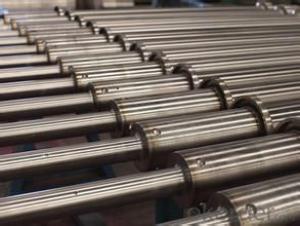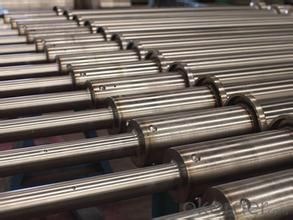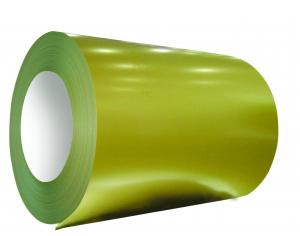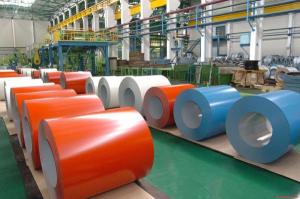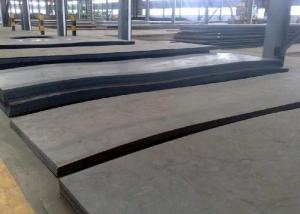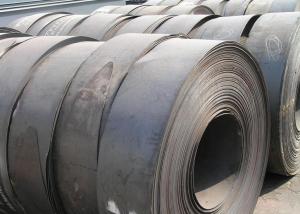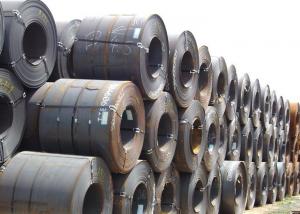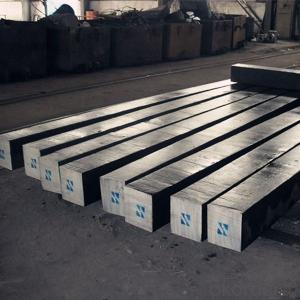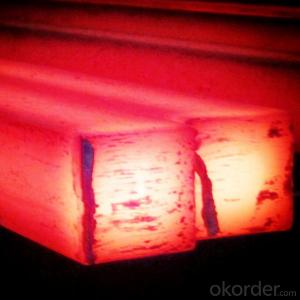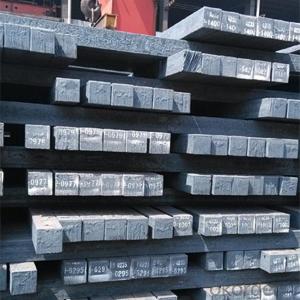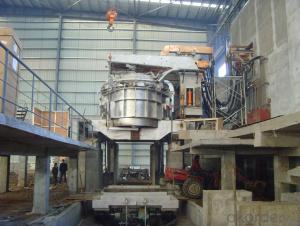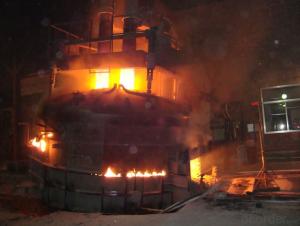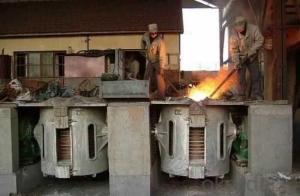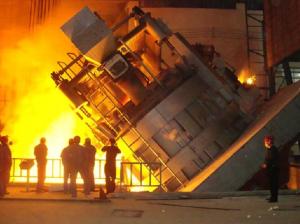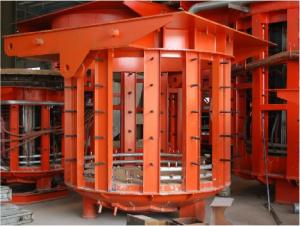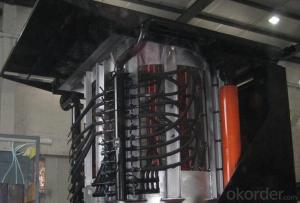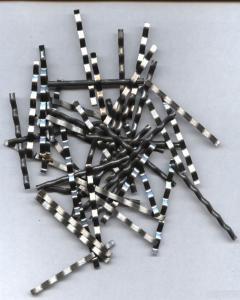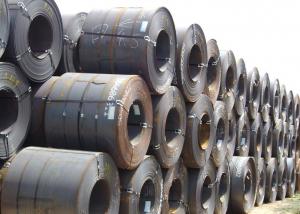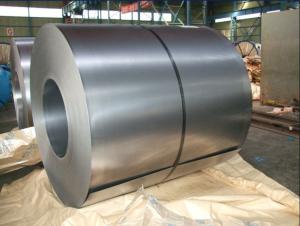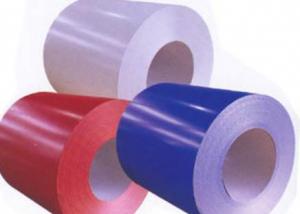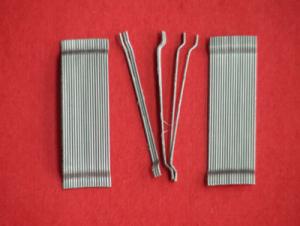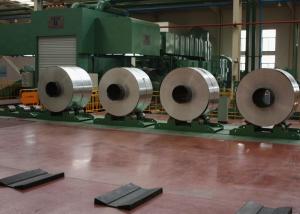Steel Scrap Melting 20t Electric Arc Furnace/furnace roll for sale
- Loading Port:
- Tianjin
- Payment Terms:
- TT OR LC
- Min Order Qty:
- 1000 PCS
- Supply Capability:
- 10000 PCS/month
OKorder Service Pledge
OKorder Financial Service
You Might Also Like
Quick Details
| Condition: | New | Type: | Arc Furnace,HX-20t | Usage: | Melting Furnace |
| Place of Origin: | Brand Name: | Model Number: | HX-20t | ||
| Voltage: | 260 | Power(W): | 16000KVA | Weight: | 200t |
| Certification: | ISO9001,IQNET,CE | Warranty: | 1 Year | After-sales Service Provided: | Engineers available to service machinery overseas |
| Capacity: | 20t-25t | keywords: | furnace roll | Electrode diameter: | 400mm |
| Dia. of electrode distribution circle: | 1100mm | Secondary Voltage of Transformer: | 375-320-200V | Rated capacity of Transformer: | 16000KVA |
| Inner diameter of furnace body: | 4000/4200mm |
Packaging & Delivery
| Packaging Detail: | Wooden Case in Container |
| Delivery Detail: | 60 Days |
Specifications
1.Good service
2.Delivery quickly
3.High quality and low price
4.Durable and safe
Quick Details
| Condition: | New | Type: | Arc Furnace,HX-20t | Usage: | Melting Furnace |
| Place of Origin: | Shaanxi China (Mainland) | Brand Name: | HC | Model Number: | HX-20t |
| Voltage: | 260 | Power(W): | 16000KVA | Weight: | 200t |
| Certification: | ISO9001,IQNET,CE | Warranty: | 1 Year | After-sales Service Provided: | Engineers available to service machinery overseas |
| Capacity: | 20t-25t | keywords: | furnace roll | Electrode diameter: | 400mm |
| Dia. of electrode distribution circle: | 1100mm | Secondary Voltage of Transformer: | 375-320-200V | Rated capacity of Transformer: | 16000KVA |
| Inner diameter of furnace body: | 4000/4200mm |
Packaging & Delivery
| Packaging Detail: | Wooden Case in Container |
| Delivery Detail: | 60 Days |
Specifications
1.Good service
2.Delivery quickly
3.High quality and low price
4.Durable and safe
Electric-Arc Furnace Steelmaking
Main Uses:
For plain steel melting, quality carbon steel and kinds of alloy steel, stainless steel.
Device Features:
HX series arc furnace is open cover and top charging.
1) According to power matching, it can divided into normal power, high power, ultra high power
2) According to the operation mode, it can divide into left operation and right operation.
3) For taping form includes: tapping from spout and tapping from the eccentric bottom.
Device Components:
Furnace body; large current system; tilting furnace mechanism; electrode lifting mechanism; cover-up rotating mechanism; water-cooling system; hydraulic system; high voltage system; electric furnace transformer; low-voltage system.
Parameters of Electric-Arc Furnace:
Type | Inner Dia of Furnace Body(mm)
| Capacity Rated/Max(t) | Transformer | Reactor Capacity(KVAR) | Dia of Electrode Distribution Circle(mm) | Electrode Dia (mm) | |
Rated Capacity(KVA) | Secondary Voltage(V) | ||||||
HX-20 | 4000/4200 | 20/25 | 16000 | 375~320~200 | 1100 | 400 | |
- Q: How is steel wire rope manufactured?
- Steel wire rope is manufactured through a process called wire drawing. It starts with raw steel wire being drawn through a series of dies to reduce its diameter and increase its strength. This wire is then twisted together to form strands, which are further twisted around a core to create the final rope. These ropes undergo heat treatment and various tests to ensure their quality and durability.
- Q: How do steel products contribute to the construction of theme parks and entertainment venues?
- Steel products contribute significantly to the construction of theme parks and entertainment venues due to their durability, versatility, and strength. Steel is used in various aspects of the construction process, including the infrastructure, ride structures, and building frameworks. Its high strength-to-weight ratio allows for the creation of complex and intricate designs, ensuring the safety and stability of the structures. Additionally, steel's resistance to corrosion and extreme weather conditions makes it a reliable choice for long-lasting and low-maintenance constructions. Overall, steel products play a crucial role in bringing the thrilling and awe-inspiring experiences of theme parks and entertainment venues to life.
- Q: What are the different types of steel railway products available?
- There are several types of steel railway products available, including rails, sleepers, fasteners, and turnouts. Rails are the long steel beams that tracks are laid upon, while sleepers are the wooden or concrete supports that the rails are fixed to. Fasteners, such as clips or bolts, are used to secure the rails to the sleepers. Turnouts, also known as switches or points, are sections of track that allow trains to change from one track to another.
- Q: What are the properties of stainless steel for medical applications?
- Stainless steel used in medical applications possesses several properties that make it ideal for such purposes. It is corrosion-resistant, which ensures that it can withstand exposure to bodily fluids and chemicals without degrading or causing contamination. Additionally, stainless steel is highly durable, making it suitable for long-lasting medical instruments and implants. It is also biocompatible, meaning it does not react with the human body, reducing the risk of adverse reactions or allergies. Furthermore, stainless steel is easy to clean and sterilize, ensuring a high level of hygiene. Overall, these properties make stainless steel a reliable and safe choice for various medical applications.
- Q: How is steel used in the construction of convention centers and exhibition halls?
- Steel is extensively used in the construction of convention centers and exhibition halls due to its strength, durability, and flexibility. It is commonly used for the structural framework, roofing, and cladding of these large-scale buildings. Steel's high tensile strength allows for the creation of wide-open spaces without the need for excessive support columns or walls, enabling the construction of large exhibition halls and expansive convention centers. Additionally, steel's durability ensures the longevity of these buildings, while its flexibility allows for easy modifications or expansions to suit evolving needs.
- Q: What are the different types of steel hinges and hardware available?
- There are various types of steel hinges and hardware available, including butt hinges, continuous hinges, strap hinges, piano hinges, concealed hinges, gate hinges, and pivot hinges. Additionally, there are different types of hardware such as door handles, knobs, locks, latches, and brackets that are made from steel for durability and strength.
- Q: How is steel wire used in the manufacturing of springs?
- Steel wire is commonly used in the manufacturing of springs due to its high tensile strength and durability. It is typically formed into coils or helical shapes, allowing it to store and release energy when subjected to external forces. The steel wire is carefully selected based on its specific properties, such as diameter and strength, to meet the desired requirements of the spring.
- Q: What are the different types of steel bars and their applications?
- There are several different types of steel bars, each with its own unique properties and applications. Some common types include round bars, square bars, flat bars, and hexagonal bars. Round bars are often used in construction, engineering, and manufacturing industries for applications such as shafts, fasteners, and machinery components. Square bars are commonly used in construction, fabrication, and manufacturing projects, particularly for making structural supports and frames. Flat bars are versatile and widely used in applications such as braces, brackets, and trim work. Hexagonal bars are often utilized in machinery and equipment manufacturing. Overall, the specific type of steel bar chosen depends on the intended application and the desired characteristics necessary for that particular use.
- Q: What are the different types of steel products used in the manufacturing of cleaning equipment?
- Some of the different types of steel products used in the manufacturing of cleaning equipment include stainless steel, carbon steel, and galvanized steel. Stainless steel is commonly used due to its corrosion resistance and durability. Carbon steel is often used for its strength and affordability. Galvanized steel, which is coated with a layer of zinc, is used to provide extra protection against rust and corrosion.
- Q: What are the factors to consider while selecting steel products for a specific application?
- When selecting steel products for a specific application, there are several factors to consider. These include the required strength and durability, corrosion resistance, cost, availability, and the specific conditions and environment in which the steel will be used. Additionally, factors such as the required shape, size, and weight of the steel product, as well as any special properties or certifications needed for the application, should also be taken into account.
Send your message to us
Steel Scrap Melting 20t Electric Arc Furnace/furnace roll for sale
- Loading Port:
- Tianjin
- Payment Terms:
- TT OR LC
- Min Order Qty:
- 1000 PCS
- Supply Capability:
- 10000 PCS/month
OKorder Service Pledge
OKorder Financial Service
Similar products
Hot products
Hot Searches
Related keywords
